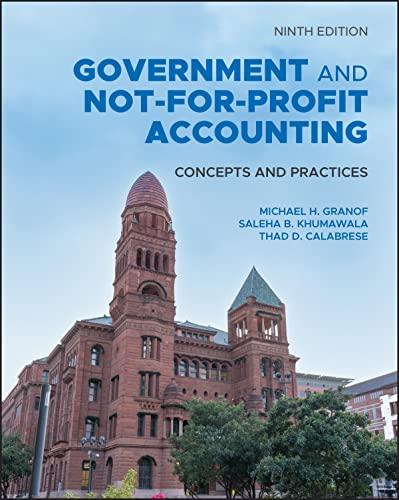Review the Statement of Activities of Hamilton College for the year ended June 30, 20X0, which is
Question:
Review the Statement of Activities of Hamilton College for the year ended June 30, 20X0, which is presented in Table 2-11. The statement indicates that during the year net assets increased by $40,604,000. Suppose that you are a member of the college's board of trustees.
1. From your perspective as a member of the college's board of trustees, does the increase in net assets indicate that the college was fiscally well managed during the year? That is, can it be said that the greater the increase in net assets the better the college was managed?
2. The "bottom line" (net income) of a comparable statement of change in net assets of a business s said to be consistent with the entity's primary goal-that is, to earn a profit. Can the same be said of a not-for-profit organization, such as a college? Explain.
3. The statement indicates that the college incurred instructional costs of $59,766,000. Suppose that such an amount were 5 percent greater than in the previous year but that the number of students enrolled in the college did not increase. Can you, as a trustee, make any determination as to whether the instructional money was well spent? If not, what other information would you need?
4. Suppose that as a trustee you had the authority to specify the types of financial (and related) reports that management prepares for you. Indicate in general terms the information that you would like to see in a statement that focuses on the costs incurred by the college.
5. The statements of not-for-profit organizations are directed mainly toward donors rather than members of governing boards. In your opinion do you think that donors might also benefit from the type of report you described in item 4 above? Explain.

Step by Step Answer:

Government And Not For Profit Accounting Concepts And Practices
ISBN: 9781119803898
9th Edition
Authors: Michael H. Granof, Saleha B. Khumawala, Thad D. Calabrese





